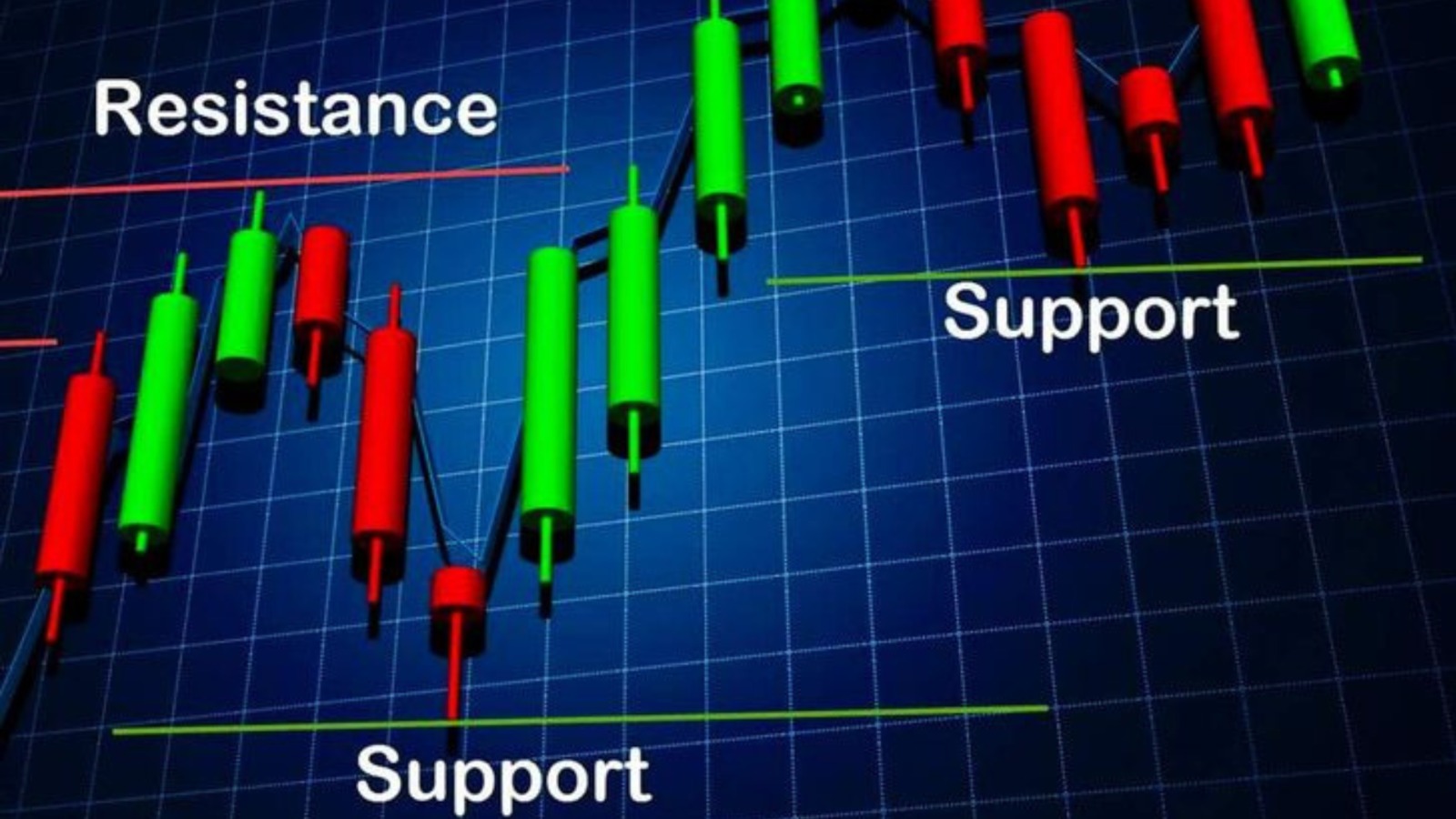MACD and Stochastics: Powerful Tools in Technical Analysis

MACD and Stochastics: Powerful Tools in Technical Analysis
When it comes to understanding stock price movements, technical analysis plays a major role for many traders and investors. Among the most commonly used tools in technical analysis are MACD (Moving Average Convergence Divergence) and Stochastics. These indicators help traders make informed decisions by showing when to buy or sell a stock. In this blog, we will explore the benefits of using MACD and Stochastics, and why they are such valuable tools for anyone interested in the stock market.
What is MACD?
MACD stands for Moving Average Convergence Divergence. It is a trend-following momentum indicator that shows the relationship between two moving averages of a stock’s price. Usually, MACD is calculated by subtracting the 26-day exponential moving average (EMA) from the 12-day EMA.
The result is the MACD line. A 9-day EMA of the MACD, called the signal line, is then plotted on top of the MACD line. When the MACD crosses above the signal line, it often signals a good time to buy. When it crosses below, it may suggest it's time to sell.
Benefits of MACD
1. Helps Identify Trends
One of the biggest benefits of using MACD is that it helps identify the direction and strength of a trend. This is useful because trading in the direction of a strong trend often leads to more successful trades.
2. Clear Buy and Sell Signals
The crossover of the MACD line and signal line gives traders a simple and clear buy or sell signal. This makes MACD very beginner-friendly while still being useful for experienced traders.
3. Shows Momentum
MACD also shows momentum, or the speed at which a stock’s price is moving. If the MACD line is far above or below the signal line, it means the momentum is strong. This helps traders judge whether a trend will continue or slow down.
4. Useful Across Time Frames
MACD can be used for short-term, medium-term, or long-term trading. Whether you are a day trader or a long-term investor, MACD can help you better understand price trends.
What is the Stochastic Oscillator?
The Stochastic Oscillator is another popular momentum indicator. It compares a stock’s closing price to its price range over a certain period, usually 14 days. The idea is that prices tend to close near their highs in an uptrend and near their lows in a downtrend.
The Stochastic Oscillator is shown as two lines: %K and %D. When these lines cross and are above 80 (overbought zone) or below 20 (oversold zone), it can signal that a stock is about to change direction.
Benefits of Stochastics
1. Identifies Overbought and Oversold Levels
One of the biggest strengths of the Stochastic Oscillator is its ability to spot overbought and oversold conditions. This helps traders know when a stock might be too expensive or too cheap, and a price reversal may happen soon.
2. Great for Timing Entries and Exits
Since Stochastics are sensitive to price changes, they are especially useful for timing trade entries and exits. When used correctly, they can help you enter trades at a low risk and exit before a price moves against you.
3. Works Well in Sideways Markets
While many indicators perform best during strong trends, Stochastics can be very effective in sideways or choppy markets. They help identify short-term price swings, which is great for range-bound trading.
4. Easy to Understand
Like MACD, the Stochastic Oscillator gives simple signals based on line crossovers and fixed zones (above 80 or below 20). This makes it an easy tool to learn and apply, even for new traders.
MACD vs. Stochastics: Which One is Better?
MACD and Stochastics both have their strengths, and one is not necessarily better than the other. In fact, many traders use both together to get a more complete picture of the market.
Use MACD to confirm the overall trend and momentum.
Use Stochastics to fine-tune your entry and exit points.
By combining them, you can reduce false signals and increase your chances of making successful trades.
Conclusion
In technical analysis, indicators like MACD and Stochastics offer clear, easy-to-understand signals that can help you make smarter trading decisions. MACD is great for identifying trends and momentum, while Stochastics help spot potential turning points in the market.
Whether you're a beginner or an experienced trader, learning how to use MACD and Stochastics can greatly improve your trading skills. As always, remember to combine these tools with proper risk management and other forms of analysis for the best results.
Our Recent FAQS
Frequently Asked Question &
Answers Here
1. Can I use MACD and Stochastics together?
Yes, you can! In fact, many traders use both indicators at the same time to get stronger and more reliable signals.
MACD helps you understand the overall trend and momentum.
Stochastics helps you find the best entry and exit points by showing if a stock is overbought or oversold.
Together, they reduce the chances of making a wrong decision based on just one indicator.
2. What does it mean when MACD and Stochastics give opposite signals?
3. Are MACD and Stochastics good for beginners?
4. Can I use MACD and Stochastics for any stock or only for certain types?
Copyright © By Empirical F&M Academy. Design & Developed by Techno Duniya


.jpg)


.jpeg)




